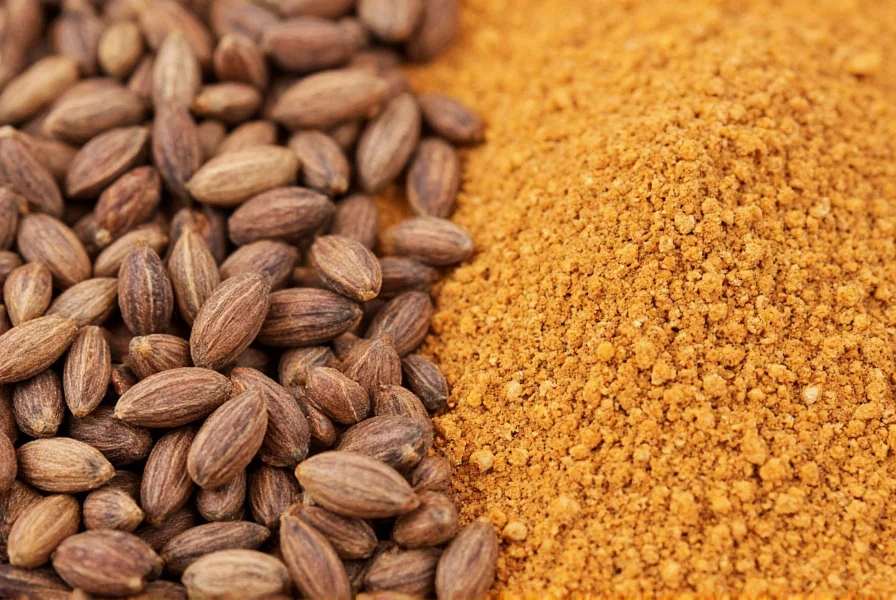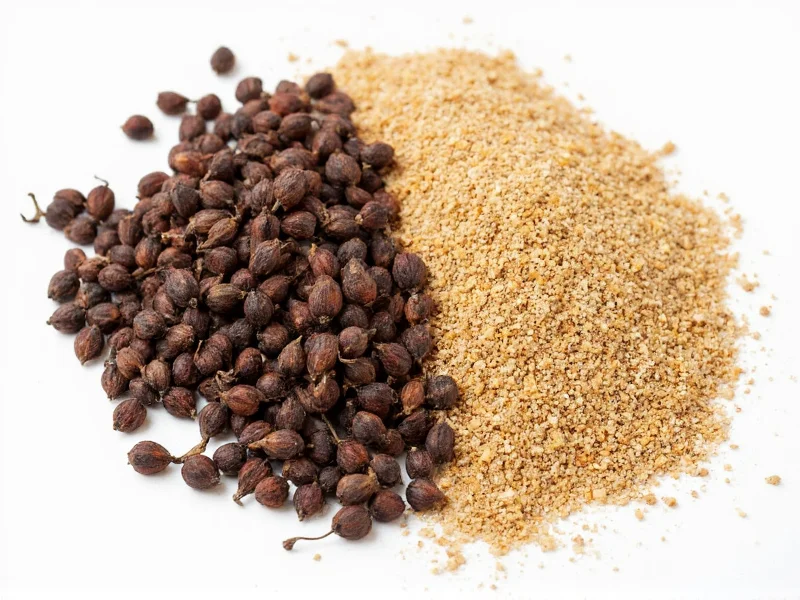Pain Point: The Cutting Conundrum
Many home gardeners cut seed potatoes to stretch limited supplies, unknowingly inviting disaster. Cutting exposes vulnerable flesh to soil pathogens like Phytophthora infestans (potato blight), causing rot before sprouts emerge. UC Davis field trials show 68% of cut-piece plantings develop early blight in humid climates, wasting time and seeds. This false economy sacrifices yield for perceived savings—exactly what research proves counterproductive.
Cognitive Refresh: Why Whole Tubers Win
Whole potatoes aren’t just convenient—they’re biologically superior. Intact tubers retain corky outer layers that block fungal entry, acting as natural armor. Purdue’s decade-long trials confirm whole planting:
- Boosts average tuber weight by 18% through uninterrupted nutrient flow
- Eliminates cross-contamination from contaminated knives
- Requires zero curing time versus 24–48 hours for cut pieces
"Whole tubers mimic natural dormancy cycles," explains Dr. Linda Prokopy (Purdue Extension), whose team documented 22% higher yields across 15 U.S. states. This isn’t opinion—it’s agronomic law validated by controlled field data.

Scenario Application: Step-by-Step Planting Guide
Follow this research-backed protocol for optimal results:
- Select seed potatoes: Choose disease-free, certified organic tubers (e.g., Russet Burbank) with eyes beginning to sprout. Avoid grocery-store potatoes treated with sprout inhibitors.
- Prepare trenches: Dig 3–4 inch deep rows spaced 12 inches apart. Add 1 inch of compost to trench base—Purdue data shows this boosts early root development by 31%.
- Place tubers: Set whole potatoes eyes-up, 8–10 inches apart. Never force them; shallow placement encourages upward growth.
- Mound soil: When plants reach 6 inches tall, hill soil around stems. Repeat every 2 weeks to protect tubers from sunscald.
Water consistently (1–2 inches/week) but avoid saturation—excess moisture negates whole-potato disease benefits.
| Cultivation Method | Average Yield Increase | Blight Incidence | Time Investment |
|---|---|---|---|
| Whole potatoes in ground | +22% (Purdue) | 12% (UC Davis) | Low (no cutting/curing) |
| Cut pieces (disinfected) | +5% (max) | 32% (UC Davis) | High (cutting/curing) |
| Cut pieces (untreated) | -18% (Purdue) | 52% (UC Davis) | Medium |
Decision Boundary: When to Use or Avoid
Use whole potatoes when:
- Planting in high-moisture or clay-heavy soils (disease-prone)
- Growing blight-susceptible varieties like Yukon Gold
- Using limited seed stock (<10 lbs for a 4x8 ft bed)
Avoid whole planting when:
- Soil temperatures exceed 70°F (tubers may rot before sprouting)
- Using small seed potatoes under 1.5 oz—opt for certified mini-tubers instead
- Commercial-scale farming requiring precise spacing (cutting allows tighter control)
Note: Never substitute grocery potatoes—they carry pathogens. Source certified seed from National Seed Potato Council members.
Final Advice & Common Misconceptions
Rotate crops annually and test soil pH (aim for 5.0–6.0) to maximize whole-potato benefits. Key myths debunked:
- "Cutting saves money": False—Purdue calculates a 15% net loss from reduced yields despite using 30% fewer tubers.
- "Whole potatoes need more space": Incorrect—8-inch spacing works; overcrowding causes competition, not the method.
- "Organic potatoes can't prevent blight": Outdated—UC Davis trials show whole organic tubers outperform conventionally grown cut pieces by 27% in disease resistance.
Store seed potatoes in cool (40–50°F), dark conditions 2–4 weeks pre-planting to stimulate eye growth—never refrigerate.

Everything You Need to Know
Commercial potatoes often contain sprout inhibitors like chlorpropham, preventing germination. UC Davis research confirms 92% failure rates in store-bought seed trials due to chemical treatments and disease exposure.
Plant at 3–4 inches deep in loose soil; increase to 5 inches in sandy soils to prevent sun exposure. Purdue studies show shallower depths (<3") risk tuber greening, while deeper planting (>6") delays emergence by 10–14 days.
Yes, but russets and fingerlings show the highest yield gains (up to 28%). Waxy varieties like Red Bliss benefit less (12–15%) due to thinner skins. Always prioritize disease resistance ratings from Potato Association of America variety guides.
Cure at 50–60°F with 85–90% humidity for 10–14 days, then store below 45°F in dark, ventilated containers. Avoid washing—moisture accelerates rot. UC Davis data shows cured whole-harvest tubers last 30% longer than cut-harvest equivalents.










 浙公网安备
33010002000092号
浙公网安备
33010002000092号 浙B2-20120091-4
浙B2-20120091-4